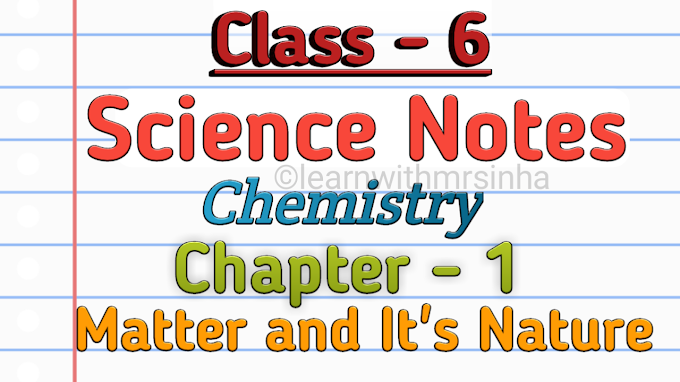What is Habitat and Adaptation Class 6
Habitat :- The place where an organism lives naturally.
Terrestrial :- Habitats on land (terra :- Earth)
Aquatic :- Habitat in water ( aqua :- water)
Fresh water habitat :- Habitats in Ponds, river, lakes
Marine habitat :- Habitats in Sea (salt water)
Adaptations are structural or functional adjustment that helps an organism in its habitat.
Components of Habitat
Any habitat be it terrestrial or aquatic, is made like air, water, soil, light and temperature.
Biotic Components :- Living being in a habitat (plants, animals, microorganism)
Abiotic Components :- Non-living things in a habitat (air, water, soil)
Climate Factors :- Light, temperature, air, rainfall.
Edaphic Factors :- Characteristics of soil.
Biotic Components
The organisms that make up the biotic components can be classified into autotrophs and heterotrophs on the basis of how they obtain food. They can be classified into producers, consumers and decomposers.
Producers :- Organism that make their own food.Green plant and algae have chlorophill so it manufacture their own food through photosynthesis.
Cosumers :- Organisms depending upon others for food.
Primary Consumers :- Herbivores, they feed directly on plants.
Secondary Consumers :- Carnivores and Scavengers, they feed on primary consumers not on producer.(Humans cannot digest Chlorophyl so they cant eat plant or leaves directly)
Biodegradable Substances :- Substances which can be easily decomposed by the decomposers. These are substances of plant or animals origin, such as paper, cloth and leather.
Non-Biodegradable :- Substances which cannot be broken down by natural decomposers, such as plastic
Tinny algae called photoplankton are the producer of sea.
Phytoplankton are feed upon by small animals called zooplankton which serves as food for fish and other marine animals.
Food Chain :- A series of organism linked together by the process of eating or being eaten.
Ex.- Grass - Grasshopper - Frog - Snake - Vulture
Decomposers are also linked to other organisms through food chain.
Abiotic Components
The aboitic component of a habitat consists of air, water, light, temperatur and soil.
Air
- Air keeps the heat of the earth from escaping at night and it protects us from a big part of the heat from the sun during the day.
- Moving air is called wind.
- In hilly areas, where strong winds blow in one direction. Trees have fewer branches and leaves on the windward (wind) side.
- In costal area leaves of trees like palm trees are cut into narrow segment which alow the wind to pass, which helps reduce the force of the wind.
Light
- Sunlight help plants to manufacture food.
- The amount of light available is a major aboitic factor that determines the kind of organisms found in a particular area.
- The thickness of cuticles (covering) of leaves depend upon light. Thick - very intense light, Thin - very less light or shade-loving
Temperature
What is Aestivation?
Aestivation :-Spending the entire summer in state of sleep is called aestivation.
What is hibernation?
Hibernation :-Spending the entire briterly cold winter month in state of sleep is called hibernation.
Other animal's body adapt after making changes in their body like - increasing fats, furs etc.
Water
The amount of water available in a habitat often determines the kind of living organisms found in that area.
Plants and animals living in dry or desert like condition called Xerophytes.
Xerophytes :- (xero : dry; phyte : plant) develope adaptations to cope with intense heat and light and shortage of water. Ex.- plum, acacia (babool, kikar), Cacti (store water in their flat green, spongy stems, which serve as leaves, and have spines instead of leaves to reduce the loss of water.)
Animals that lives in wate have have special adaptations like gills and streamlind body shape.
Hydrophytes :- Plants living in water are called hydrophytes. (hydro = water)
Soil
Plants get water and chemical substances (nutrients) from the soil.
Weathering :- The process by which rocks are broken down to form soil is called weathering.
Which soil is best for plant growth?
The soil which is the best for plant growth contains, sand, clay and medium-sized silt particles.
Aerate :- The process of loosening of the soil by earthworm and other burrowing creature.
Wormcasts :- Excreted piles of coiled soil by earthworm. (very furtile)
What is natural cycle?
Natural Cycle :- The continual give and take between the biotic component and the abiotic component form nuatural cycles.
Nutrient Cycle
The exchange of nutrients between the abiotic and biotic components of a habitat (or in the whole of nature) is called the nutrient cycle.








0 Comments